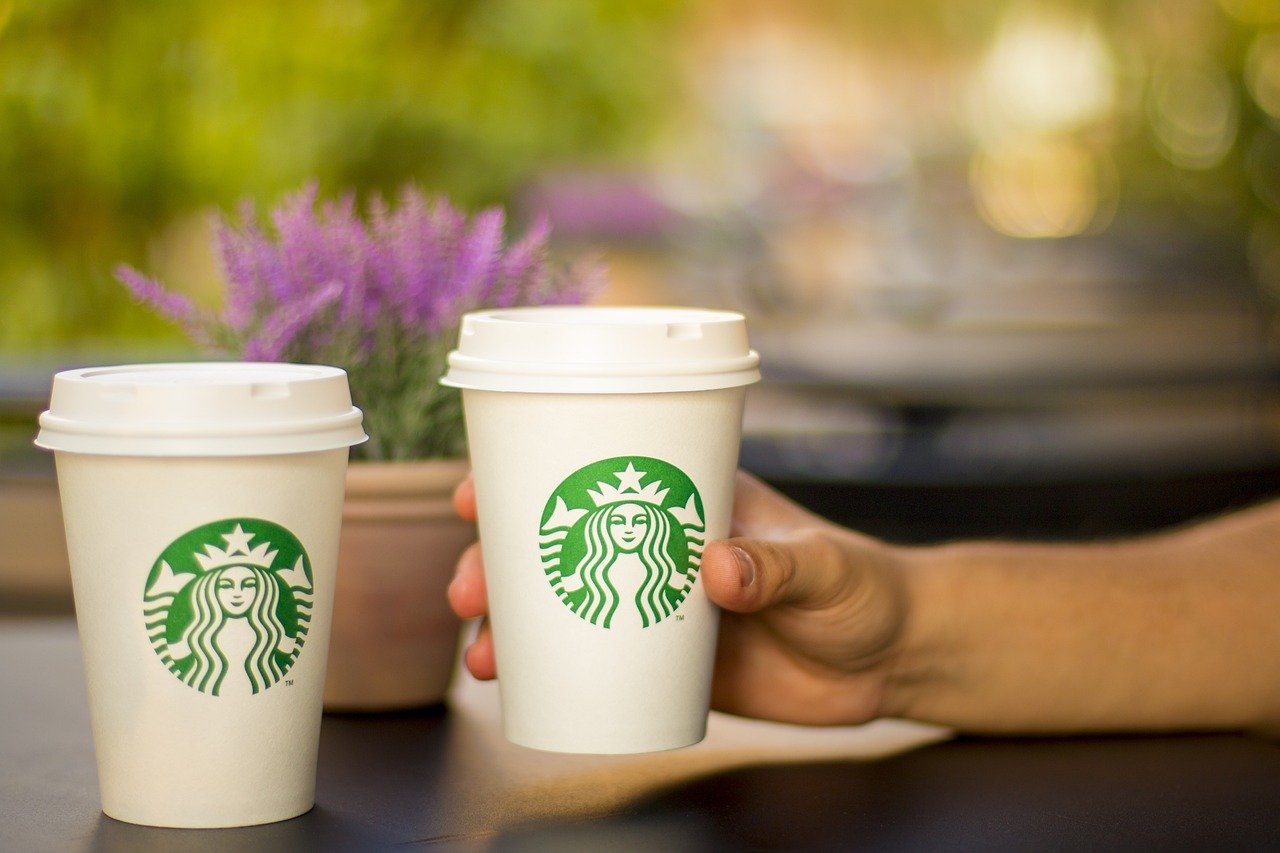No Coffee, No Perks: Starbucks Ends Open-Door Policy
- Starbucks has reversed its open-door policy, prioritizing paying customers with its new “Coffeehouse Code of Conduct.”.
- The policy change comes amid declining sales and safety concerns across North American stores.
- The new rules are designed to ensure Starbucks spaces are used by customers and partners, according to spokesperson Jaci Anderson.
- The success of this policy reversal will depend on Starbucks’ ability to balance safety, hospitality, and inclusivity.
Starbucks, the renowned roaster and retailer of specialty coffee with over 40,000 stores worldwide, has recently announced a significant policy shift that will impact the way customers interact with its spaces. The company has decided to reverse its open-door policy, a move that marks the end of a seven-year experiment in open-door inclusivity. This decision comes as the coffee giant grapples with declining sales and safety concerns across its North American stores.
The new policy, dubbed the Coffeehouse Code of Conduct, stipulates that Starbucks spaces, including cafes, patios, and restrooms, are now exclusively for the use of customers and the company’s partners. This means that if you want to hang out, use the internet, or even make a restroom pitstop at one of the company’s stores, you must make a purchase. The updated code of conduct also bans discrimination or harassment, consumption of outside alcohol, smoking, vaping, drug use, and panhandling.
Starbucks spokesperson Jaci Anderson explained that the new rules are designed to prioritize paying customers, a practice that most other retailers already have in place. We want to ensure our spaces are prioritized for use by our customers. Our Coffeehouse Code of Conduct is something most retailers have and is designed to provide clarity that our spaces — including our cafes, patios, and restrooms — are for use by customers and partners, Anderson said.
Starbucks’ New Direction and Customer Reactions
The code of conduct will be displayed in stores to remind customers of the role they play in creating a community coffeehouse that is inviting and welcoming. The company’s new chairman and CEO, Brian Niccol, aims to recapture the community coffeehouse feeling Starbucks used to have before long drive-thru lines, mobile order backups, and other issues made visits more of a chore. The success of this policy reversal will depend on how well the company can strike a balance between safety, hospitality, and inclusivity – and whether it can win back customers who’ve grown disillusioned.
This policy shift is a significant departure from the open-door policy put in place in 2018, following a major embarrassment for the company. Two Black men were arrested at a Philadelphia Starbucks where they had gone for a business meeting. The individual store had a policy of asking non-paying customers to leave, and the men hadn’t bought anything. The arrest, which was caught on video, sparked national outrage leading to a temporary closure of all U.S. stores for racial sensitivity training.
At the time, Starbucks Chairman Howard Schultz said he didn’t want people to feel “less than” if they were refused access. “We don’t want to become a public bathroom, but we’re going to make the right decision a hundred percent of the time and give people the key, Schultz said.
Safety Concerns and Policy Enforcement
However, since then, employees and customers have struggled with unruly and even dangerous behavior in stores. In 2022, Starbucks closed 16 stores around the country — including six in Los Angeles and six in its hometown of Seattle — for repeated safety issues, including drug use and other disruptive behaviors that threatened staff.
The new code of conduct warns that violators will be asked to leave, and says the store may call law enforcement, if necessary. Starbucks said employees would receive training on enforcing the new policy. The company’s decision has been met with mixed reactions. Some customers have applauded the move, suggesting that people can just buy the cheapest thing on their menu for like $3 or so if they want to use their internet.
This policy reversal is not without historical precedent. Many businesses have grappled with the challenge of maintaining an inviting atmosphere while ensuring the safety and comfort of their customers and staff. Starbucks’ decision to prioritize paying customers and enforce a stricter code of conduct is a response to these challenges.
In conclusion, Starbucks’ decision to reverse its open-door policy is a significant shift in its approach to customer service and space management. The company is attempting to strike a balance between maintaining an inviting atmosphere and ensuring the safety and comfort of its customers and staff. The success of this policy reversal will ultimately depend on how well the company can navigate these challenges and whether it can win back customers who’ve grown disillusioned. Only time will tell if this reversal will brew success or leave a bitter aftertaste.














Post Comment